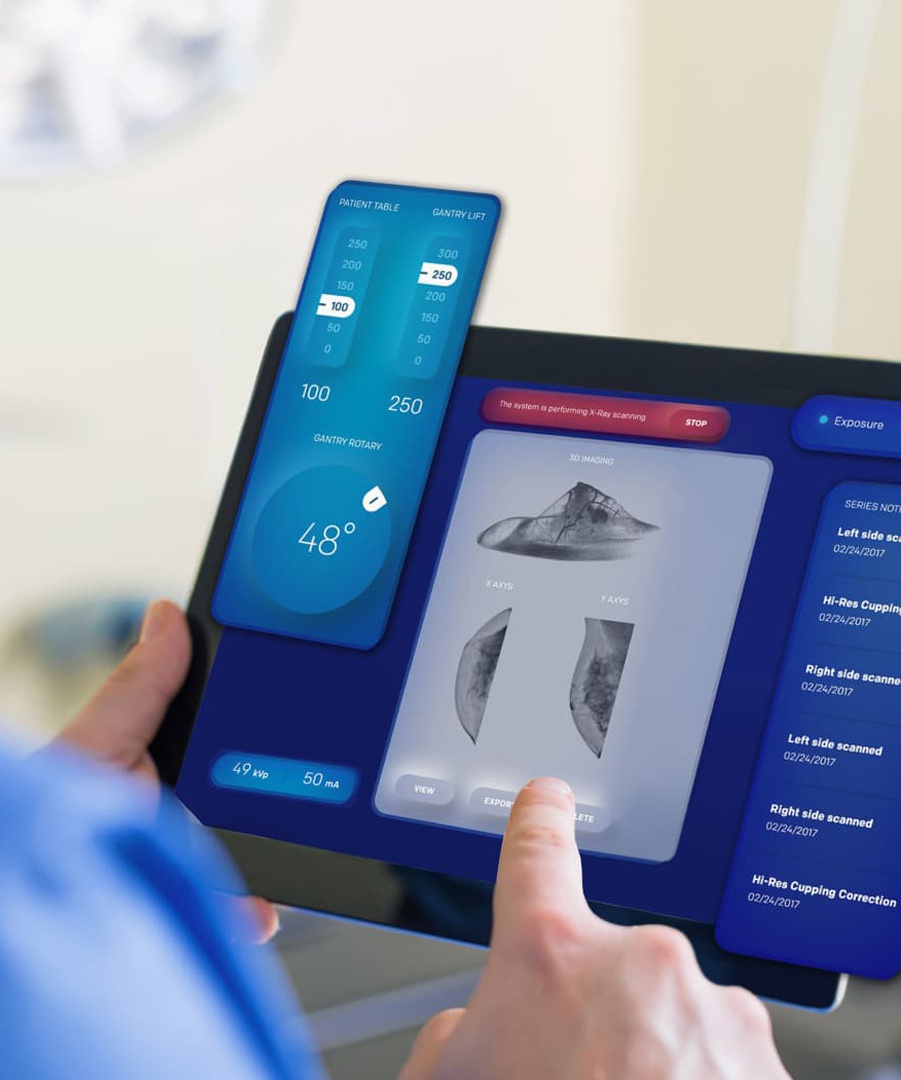


Used in the treatment of partial or full edentulous arches, in combination with dental implants/abutments, to restore chewing function.
Item No :
GOHE057MOQ :
10 PiecesClassification :
Class IIIColor :
No Color/Custom ColorOrigin :
Xiamen, ChinaPayment :
T/T 50% and balance before shipmentLead Time :
Depends on the order circumstancesPersonalized Abutment Crown Bridge and Screw for Dental Implants
The lower interface shape of the Personalized Dental Abutment and Crown Bridge System is fixed, while the upper shape needs to be customized according to the patient's requirements. The product is intended for use in the treatment of partial or full edentulous arches, in combination with dental implants/abutments, to restore chewing function. It is used for the fabrication of fixed implant-supported dentures. The product is made from TC4 ELI titanium alloy material that complies with the GB/T 13810 standard, processed through CNC machining. The product surface has not undergone any additional treatments and is provided in non-sterile packaging.
Abutment Crown and Bridge Specifications:
| Description | Model | Allowed Size Range for Personalized Part |
| Personalized Abutment Crown and Bridge |
Q-STR |
The number of bridge units is 2 to 14. The number of abutment bridge units is 2 to 8. The implant site distance is 3.0 to 29mm. The thinnest wall thickness is 0.5mm. The gingival height is 0.1 to 6.0mm. The restoration height is 4.0 to 10mm. The cantilever beam length is ≤10mm. The cross-sectional area of the connecting rod is ≥9mm². |
| Screw |
LD-STR
|
/ |
Dental Crown and Bridge Instructions:
1. Sterilization is required before use;
2. When installing the abutment, specialized tools must be used to secure the abutment to the implant with screws;
3. After installation, the installation effect and occlusion should be checked. The restoration should only be installed once it is confirmed that there are no issues.
Contraindications for Personalized Abutment Crown and Bridge:
1. Not for use by individuals with allergies to the materials, pregnant women, or children;
2. Patients with systemic diseases such as heart disease, blood disorders, diabetes, hypertension, kidney disease, metabolic disorders, etc., who have not been effectively controlled, or who cannot tolerate surgical trauma and collaborate with the physician, should not use this product;
3. Patients who may experience implant failure due to excessive occlusal force or occlusal imbalance, which can cause bone tissue damage and resorption around the implant, should avoid use. Factors contributing to excessive occlusal force or imbalance include severe malocclusion, bruxism, night grinding, and unilateral chewing habits;
4. Patients with severe uncontrolled systemic diseases, bone metabolism disorders, or uncontrollable bleeding disorders;
5. Patients with dry mouth, weakened immune systems, or leukocyte disorders;
6. Patients with jawbone cysts, osteomyelitis, sinusitis, or severe soft tissue lesions in the edentulous area, and patients with severe periodontal disease;
7. Patients with insufficient bone volume or bone density in the edentulous area, and those for whom special surgical procedures are unlikely to meet the required conditions;
8. Patients with severe psychological or psychiatric disorders that are not effectively controlled.